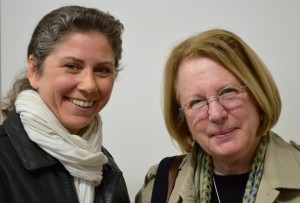 It was on a very Good Friday, just a couple days before Easter, when I attended a Master Class taught by children’s book creator, Rosemary Wells and sponsored by our local Tokyo SCBWI chapter. The evening was well worth the trip downtown riding sardine-packed trains on a raw April evening.
It was on a very Good Friday, just a couple days before Easter, when I attended a Master Class taught by children’s book creator, Rosemary Wells and sponsored by our local Tokyo SCBWI chapter. The evening was well worth the trip downtown riding sardine-packed trains on a raw April evening.
From our opening introductions to the final story of the evening, Rosemary Wells gave the Tokyo SCBWI participants practical and pithy advice. Although I will not be able to distill the evening into three sentences (as we were required to do in our self-introductions), I will do my best to “omit needless words.†(Strunk and White) Rosemary’s advice was to be “preçis†or precise, because “no one wants to slog through endless wittering in a children’s book.â€
Cut your picture book text down to four sentences per page at most. Leave some story exposition to the illustrator. Write what you know and find out what you don’t. “The art of writing for children is like being a contra-alto,†said Rosemary. “It requires unique talents.†We listened carefully, as this “off the cuff†talk struck a chord in all of us and should help us perfect our pitch in story creation.
“My stories are non-fiction,†began the author who creates beloved stories with bunnies and kittens as the protagonists. “They are based on life experiences.†As a writer, one has to have a sieve in the brain to collect memories and feelings. Max and Ruby are characters drawn from her own children. She described hearing her older child, the “Ruby†of the pair, attempting to instruct her younger nine-month old sibling, upon whom “Max†is modeled. “Table… T-A-B-L-E… TABLE. Say it!†To which the nine-month old would respond, “Bang.†Max’s dragon shirt and general countenance was drawn from a toddler with a withering glare wearing a shirt that glared as well, sitting in the heaping shopping basket ahead of her while she waited and waited one chilly raw night to bring one carton of milk home. The character, Yoko, began with a group of three girls from Osaka who attended Rosemary’s daughter’s school. They were teased about the sushi and seaweed in their traditional Japanese lunches which her daughter thought was totally unfair. Family memories and personal memories are the story starters for the author’s books. “Go back to your childhood,†advised Rosemary, “and remember.â€Â 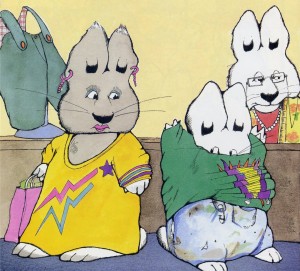
“The art of illustration is a challenge,†explained Wells. “Try not to repeat in pictures what the text says.†The artist should look for elements that the text does not overtly mention. Find humor in the text. Marry the text without being the same as the text. Rosemary prefers the word “illumination†to the the word “illustration†harking back to the time of the beautifully, gold-leaf enhanced drawings with which scribes would enhance the scriptures. The pictures should make the story glow with deeper meaning and draw the reader further into the story’s embrace.
Rosemary Wells has been in the business since she was twenty. Now, at age seventy, she has seen publishing rise and fall. Publishing is “in the trenches now,†she explained. “Publishers grab for too much and authors cannot make a living. Publishers have wrecked things a bit,†she said. Rosemary has seen her own royalty percentages cut in half over the years. It is especially difficult for new authors. Still, she gave us hope by encouraging us to write what is true and deep. “Present it simply,†she advised, “with no affectation.†“Write for yourself,†she said, despite our protestations that editors ask writers to categorize themselves. On the other hand, she said, “You may not argue with your editor. Work without ego; listen to your editor and do it better. Only after you have produced 10 starred review books can you go at it with the editor.â€
And while a trained and experienced editor will have valid criticism, Wells did warn against listening to all the advice that one might hear in a writer’s group. “Advice given from a reader’s perspective is valid,†she admitted, “but amateurs may not know what they are talking about when giving publishing advice.†This is not to say that Wells does not encounter any friction with her own editors. She sometimes disagrees with their choices, but they are the ones paying to have the book printed, after all. She sent around a recently published book along with its original “dummy†so that we could note the changes that were made. She also mentioned that she does not illustrate for other authors as she will inevitably end up changing the original text and make changes all the way up until the deadline, and sometimes, even afterwards. The advantage of being both author and illustrator is that the two always agree on the finished product.
The importance of authenticity in writing for children was emphasized again and again. Children are dealing with life issues and they know they have to handle it on their own. “School is like a big bus. You get on with a bunch of people you don’t know and then they lock the doors of the bus and you can’t escape. You are stuck with these people for years.†Parents and teachers do what they can to help, of course, but Rosemary explained that it is as if they are on the outside of a thick Lucite bubble. They can see the struggles the child is going through, but in the end, the child must find his or her own solution. It is an author’s job to write about the person and the true emotions. The story should be about an individual, not about a problem or a conflict; “the person, not the peanut allergy.†Adult agendas have no place in children’s books. Children love stories that show characters overcoming obstacles with humor and grit. Be authentic and write simply. Young readers will love you for it.
Thank you, Rosemary, for sharing yourself with us.
– Ruth Gilmore Ingulsrud
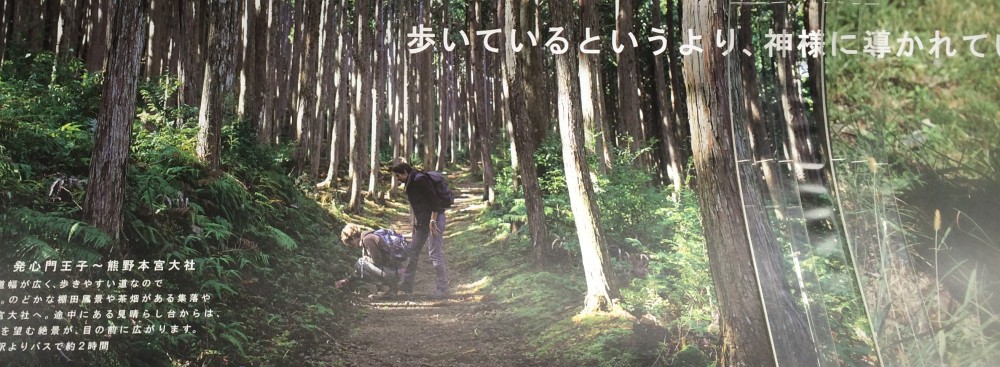
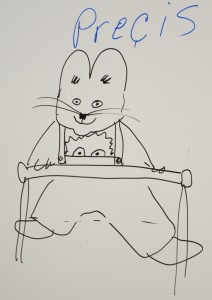
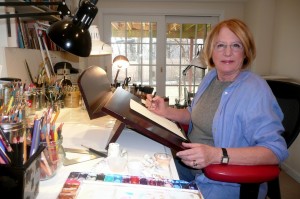
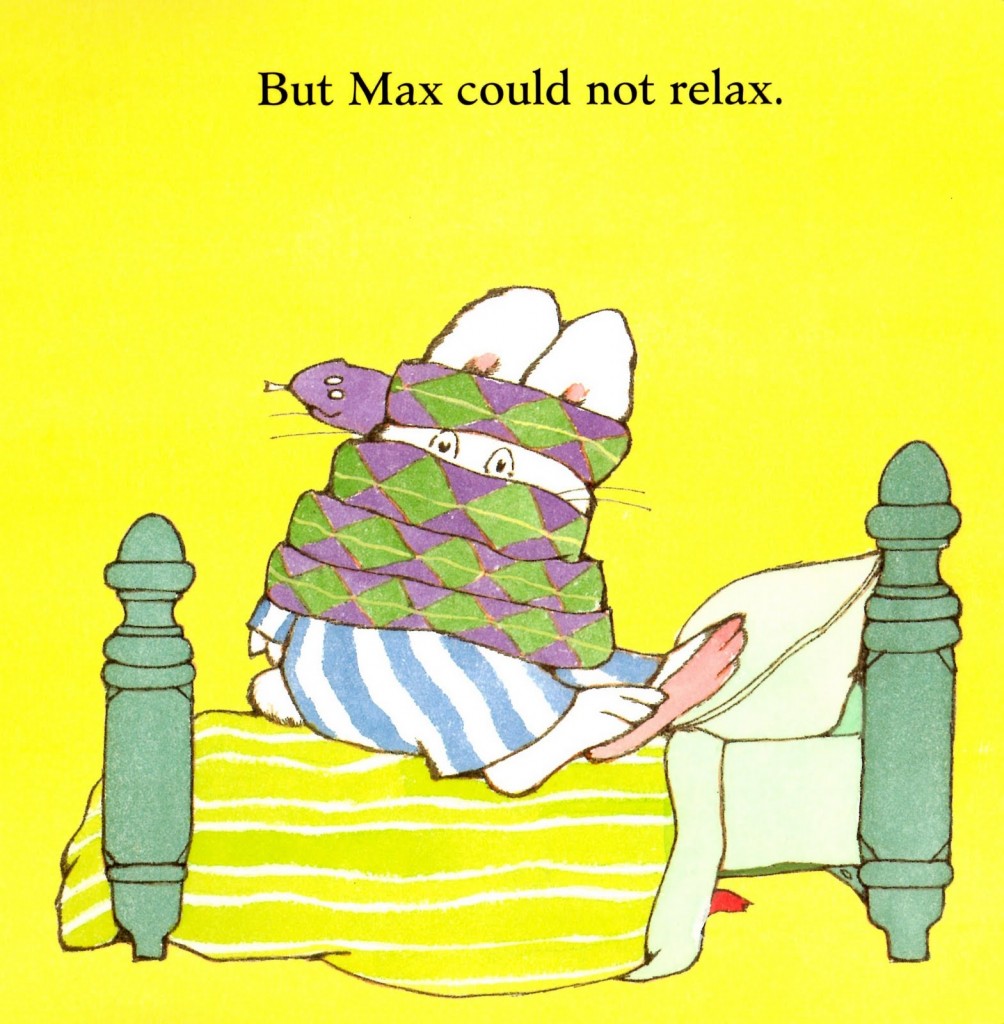
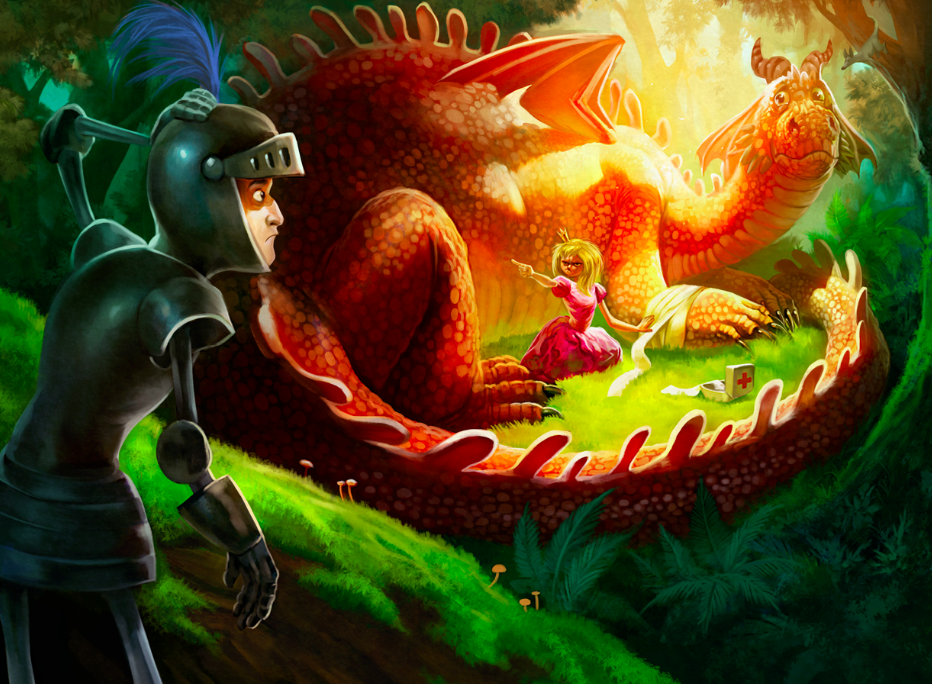

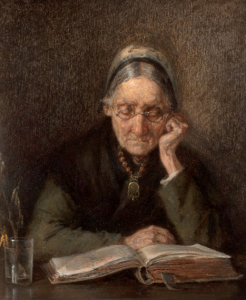








![Make the right connection... Cables [Image: Andres Rueda under CC-BY-ND licence]](http://ruth.ingulsrud.net/blog/wp-content/uploads/2012/11/cables_catland1-300x154.jpg)












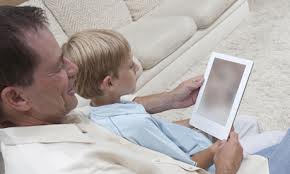



 I need to bring myself from a valley of dull dread to pinnacle of sharp enthusiasm. Blogging my thoughts can serve as a whetstone for both attitude and ideas.
I need to bring myself from a valley of dull dread to pinnacle of sharp enthusiasm. Blogging my thoughts can serve as a whetstone for both attitude and ideas. Writing a book in six weeks that encompasses the history of books and libraries sounds like an impossible task, right? My final CoETaIL project will be to produce an iBooks Author version of said book and I’d better get cracking or it will never be done in time. Oh, I won’t be doing it by myself. No, that would be inconceivable. How could one person manage such a far-reaching project? I will succeed with the help of a classroom of 4th graders! Ta-da! Isn’t that a brilliant strategy?
Writing a book in six weeks that encompasses the history of books and libraries sounds like an impossible task, right? My final CoETaIL project will be to produce an iBooks Author version of said book and I’d better get cracking or it will never be done in time. Oh, I won’t be doing it by myself. No, that would be inconceivable. How could one person manage such a far-reaching project? I will succeed with the help of a classroom of 4th graders! Ta-da! Isn’t that a brilliant strategy?




